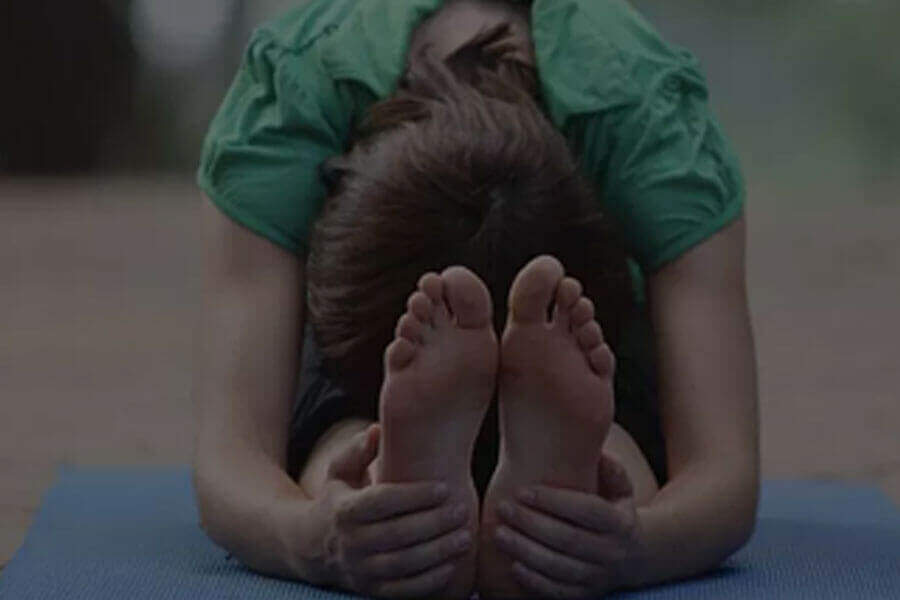Exercise or vestibular rehabilitation is an important part of the treatment of vestibular disorders. These workouts help reduce dizziness and aid to regain balance.
The vestibular or inner ear function helps maintain our body equilibrium when still or in motion, controlling our position and helping us work against gravitational force. The vestibular region comprises nerves, hair cells, calcium particles, and fluid. Every element works in tandem with each other to recognize the body’s kinetic position with regard to gravity and balance the body accordingly.
Eyes (Visual), Ear (Vestibular), and Legs (Musculoskeletal) contribute & send the sensory information about the body’s position to the brain and maintain equilibrium. The vestibular is closely connected to the eyes. Vestibular-Ocular Reflex (VOR) carries out the essential function to stabilize eye movements and helps maintain stable vision when our head moves in different directions. On the contrary defective VOR triggers, tremors in the eyes called nystagmus. Nystagmus is a sign of dizziness or balance disorders.
Infection, inflammation, or other functional disturbances can cause vestibular disorder, which manifests as vertigo or dizziness. These inner ear problems are treatable through medication, exercises, and medical procedures according to the underlying cause.
Physical therapies are popular to treat vertigo due to their effectiveness in bringing relief to vertigo patients. The exercises help strengthen the weakened system and train the central nervous system to develop alternate strategies to deal with the imbalance.
Here are some of the useful vertigo exercises to treat vestibular disorders
The vertigo exercises help stabilize the vestibular-ocular reflex and lead to the harmonized working of the visual and vestibular systems. Whenever we move our head, the inner ear (vestibular region) tries to understand the relative position and help stabilize the image on the retina. The purpose of vertigo exercises is to improve vestibular function and help maintain the body's equilibrium.
Step 1: Fix your gaze on a point (or an object, whichever is easy for you) at a distance
Step 2: Slowly move your head sideways, without moving your gaze from the point/object
Step 3: Do sideways movement of the head in 3 reiterations and rest for 1-2 minutes
Step 4: Start by slowly moving your head up and down while looking at the point/object
Step 5: Do up & down movement of the head in 3 reiterations and rest for 1-2 minutes
Regular work-out of vestibular-ocular muscles helps recover the balance mechanism in the vestibular system. Starting from exercising on alternate days, you can go up to do them twice daily. Don’t rush through the exercises. Let your body decide the frequency of workouts. Sometimes, when you start, you will feel dizzy, in such cases, stop exercising and rest adequately. You can restart the exercises once you feel comfortable again.
- Make sure you do these exercises while sitting or ensure someone’s presence in the room to hold you just in case you feel dizzy and lose your balance.
- Steer clear of dangerous objects, or places when exercising.
The above exercise is called gaze stabilisation. It is one of the many other VOR exercises done to recalibrate the visual, vestibular, and central nervous systems. These are relatively simple activities yet are notably effective vestibular rehabilitation therapies.
As you progress through the exercises with less difficulty and fewer episodes of vertigo, your therapist may advise you to do the vertigo exercises standing or walking. You should not do these exercises unmanned, as there are chances of drop attacks during exercise.
The therapists at NeuroEquilibrium’s advanced vertigo and balance clinics, conduct these exercises on highly sophisticated equipment that enables them to monitor and measure the results and improvements on sound medical data. Although doing it at home is comfortable, real evaluation is possible only at clinics. Seeing your progress and comfort level, the therapist may suggest you do these exercises at home and come in for the assessment at regular periods.





